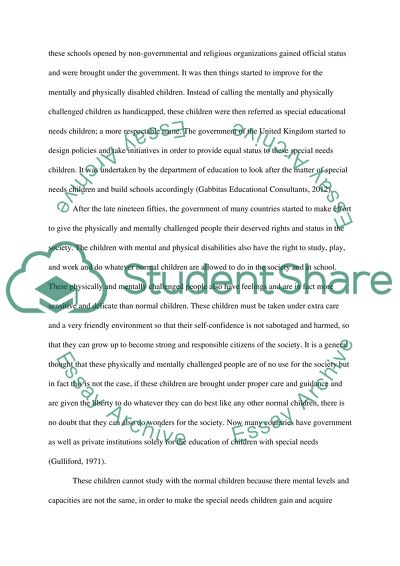Cite this document
(“Children with Special Educational Needs Essay Example | Topics and Well Written Essays - 1500 words”, n.d.)
Children with Special Educational Needs Essay Example | Topics and Well Written Essays - 1500 words. Retrieved from https://studentshare.org/education/1466187-children-with-special-educational-needs
Children with Special Educational Needs Essay Example | Topics and Well Written Essays - 1500 words. Retrieved from https://studentshare.org/education/1466187-children-with-special-educational-needs
(Children With Special Educational Needs Essay Example | Topics and Well Written Essays - 1500 Words)
Children With Special Educational Needs Essay Example | Topics and Well Written Essays - 1500 Words. https://studentshare.org/education/1466187-children-with-special-educational-needs.
Children With Special Educational Needs Essay Example | Topics and Well Written Essays - 1500 Words. https://studentshare.org/education/1466187-children-with-special-educational-needs.
“Children With Special Educational Needs Essay Example | Topics and Well Written Essays - 1500 Words”, n.d. https://studentshare.org/education/1466187-children-with-special-educational-needs.


